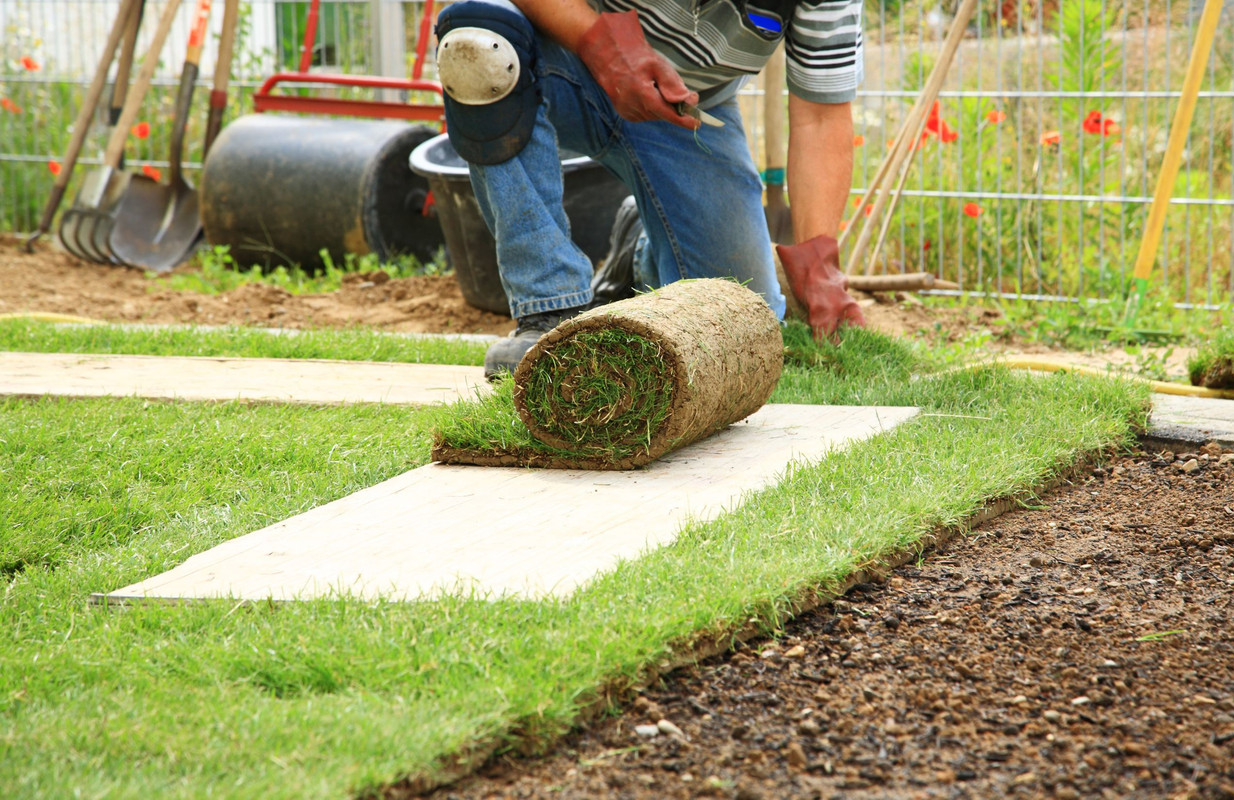
Can a beautifully landscaped garden do more than simply please the eye? Can it contribute meaningfully to conserving our environment? Can the lines between structural design and environmental conservation blur to create stunning landscapes that are as eco-friendly as they are aesthetically pleasing?
The undeniable truth is, as society becomes increasingly aware of environmental conservation efforts, more and more architects are making conscious efforts to incorporate strategies that highlight the ecologically beneficial aspects of their designs. This paradigm shift is easily seen in the realm of landscape architecture. Landscape architects, also known as “green architects”, have begun to champion the course of environmental conservation in innovative and unprecedented ways.
This enlightening exploration will lay bare the strategic role landscape architects play in promoting environmental conservation. We will delve into why this approach is important, what techniques are used, who stands to benefit, and how we, as conscious citizens of the world, can appreciate and encourage such practices.
Understanding The Role of Landscape Architects in Environmental Conservation
At the intersection of ecology, urban planning, and design lies the domain of the landscape architect. How exactly does a landscape architect contribute towards environmental conservation? What principles guide their work?
Landscape architects are not just creators of beautiful environments; they are stewards of our natural resources. They approach landscape design holistically, considering all elements within the ecosystem in order to design a space that integrates seamlessly with its surroundings. Key to their work is the principle of sustainability: their designs seek to preserve or improve the quality of the environment, making judicious use of resources and prioritising native plants and local materials.
Strategies Used by Landscape Architects
Landscapers use a variety of strategies to reduce the environmental impact of their designs. Strategies such as use of native plants, green infrastructure, and rainwater harvesting are designed to build a green environment that is both resilient and aesthetically appealing. Green roofs and walls, permeable paving, and recycled materials also feature regularly in their toolbox.
Who Stands to Gain From Green Landscaping
Who stands to gain from green landscaping and how does it impact our lives and communities?
Everyone stands to gain from green landscaping. It creates healthier communities by filtering pollutants and providing cleaner air. It creates a more aesthetically pleasing environment which enhances quality of life. It also contributes to biodiversity by creating habitats for local fauna.
The Pros and Cons
While the benefits are clear, there are also challenges in sustainable landscaping. High initial costs and maintenance needs can be obstacles. However, the long-term benefits, such as reduced watering costs, outweigh the initial costs.
Encouraging green landscaping
As conscious global citizens, how can we support this movement? By choosing to work with landscapers who value sustainability and by being educated and aware of the environmental benefits of green landscaping.
Conclusion: Landscaping and the Culture of Conservation
The era of recklessly exploiting nature is rapidly giving way to a more conscious, more respectful approach that understands the fragility of our ecosystems. Landscape architecture has a significant role to play in this shift, and as they take up the mantle, their work propels us all towards a greener, cleaner future. Their work helps us appreciate our world in a different light, as we learn to see our gardens, our parks - our landscapes - not just for their aesthetic appeal, but for the ecological lifelines they represent.
To view our surroundings through the lens of environmental conservation is no longer an option – it is an imperative. And landscape architects are leading us expertly along this path, teaching us to tread lightly and leave a green thumbprint on our world. Their work is a potent reminder of our collective responsibility to our environment, a vivid, living testament to the power of thoughtful design.

0 comments:
Post a Comment